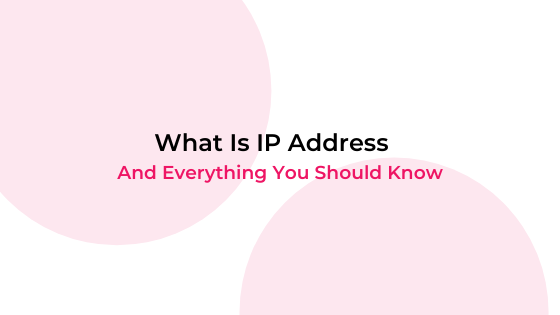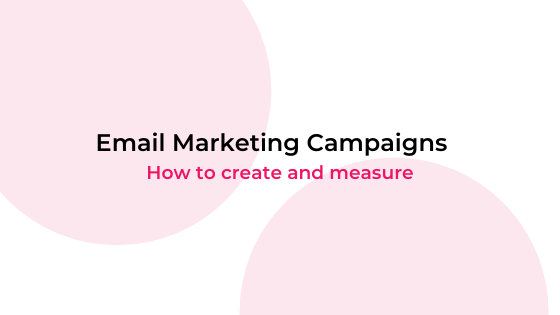
The art of storytelling has the same substance for both B2B and B2C business: to create engagement through stories.
And those stories must be about your business and the context with your market and audience.
Very occasionally, a relationship will form between two companies for purely practical reasons.
The sums add up, the value is there, and a dispassionate deal is made. But this isn’t the norm.
More typically, business relationships share many elements with personal relationships.
If you’ve ever run a business, you’ll understand how the powerful sense of ownership and personal investment can make you very selective when choosing companies to work with.
You want partners who operate the same way you do, share your perspective, and won’t do anything to sully your brand by association.
Your story isn’t exactly the same thing as your brand, and how you formulate and frame your story will have a huge effect on how your pitches and negotiations are received.
What is Storytelling? And why is it so powerful?
Storytelling is the art of using techniques inspired by screenwriters and writers to convey a message in an unforgettable way.
The purpose of storytelling is to engage and involve the audience in a narrative, based on the awakening of feelings and sensations.
The technique helps to promote the business and sell services indirectly, with a persuasive character.
This creates an emotional connection with whoever is telling the story.
B2B companies generally face a greater problem with these factors, due to the difficulty of abstraction.
In their concern to meet the high-level needs that a B2B buyer may have, businesses end up believing that generating a relationship with the customer is not necessary.
Overall, the sales pitch involves making bold statements about how the solution will increase their company’s efficiency and productivity.
There is no unique advantage in this type of approach.
And your business will not be delivering value to the potential customer.
What are the components of storytelling?
You may have brilliant ideas for conveying your messages, but if you don’t know how to do it in the best way, it’s no use – your audience will still be made up of empty seats (or a few clicks).
Although there is no single magical recipe for telling good stories, there are four elements that are always present in the best ones:
- The message: the story to be transmitted and the way it is presented;
- The environment: having an environment well described and embedded in the story facilitates the audience to engage on the journey.
- A Character: it’s the person who travels the entire journey and undergoes a transformation that leads to the transmission of the message.
- And a conflict: the challenge that arises for the character in order to motivate him/her to go through the whole journey.
Therefore, in view of the enormous amount of content to which we are submitted all the time, it is necessary to present a clear differential for your audience and not be ‘just one more’.
What can you do to make your company the perfect partner, and what should you be looking at when presenting or fielding a B2B pitch?
Let’s find out.
- Inauthenticity Is Not a Viable Approach
- Stories Can Demonstrate Understanding
- Values and Objectives Create Communities
- Pain Points Are The True Enemies
Inauthenticity Is Not a Viable Approach
If you represent yourself in a way that gets a little creative with the truth and doesn’t really fit who you are, your customers will probably notice.
Even if they don’t realise consciously, they’ll ultimately view you differently.
And your chances are even worse with other businesses.
Think about it: they know the position you’re in.
What it’s like to be tempted to coat your company history in a glossy sheen instead of presenting the often-rough reality, and the tricks you might want to use.
You’ll have a hard time fooling them.
Besides, hiding your failures never helps: people actually prefer to see both positive and negative reviews because they’re more plausible.
And in the unlikely event that a prospective partner, buyer, or seller did believe a semi-fictionalized version of events, would you really want to work with them?
Not only could they discover the truth at some point, but you simply might not see all that much value in working with people so easily hoodwinked.
So the best thing you can do is be wholly authentic.
If the overall fit is right, that’ll be enough.
Stories Can Demonstrate Understanding
When pitching something to a business, or proposing a collaboration of some sort, you’ll need to show that you possess a broad understanding of how they work.
If they don’t think you ‘get’ them, they won’t believe that you can deliver.
An excellent way of demonstrating that you ‘get’ a company is to quickly recap its story with a fresh spin on it.
It proves that you do your research, gives you an opportunity to relate their story to yours, and lets you show them that you can offer a fresh perspective.
This needs to be done tastefully, of course.
No one wants to sit through a lengthy and unrequested summary of a story they wrote in the first place.
So, make it clear throughout that you’re largely seeking their confirmation that you’ve understood them correctly.
If you nail it, they’ll be much closer to seeing you as the right choice.
Read more: How to get to know your ICP (Ideal Customer Profile)?
Values and Objectives Create Communities
Networking is a huge part of B2B marketing – and so storytelling – and brings with it a broad array of challenges.
- How do you find people?
- How do you reach them?
- And how do you convince them that you have something to offer them?
One strong approach is to join communities of businesses with shared goals, or form your own, allowing you to forge meaningful connections that will serve you extremely well.
And it doesn’t have to be quite as cynical as it sounds there.
Rather, simply make a decision about what your company cares about outside of corporate growth and financial performance, and take steps to contribute somehow.
Chances are you will naturally be pushed to connecting with groups through the same things – though there will be events that will give you further opportunities for outreach.
In this way, you can also greatly expand and enrich your story, turning your company into a much more interesting prospect for all those outside your community links.
Read more: 5 Of The Best LinkedIn Tools For Prospecting And Lead Generation
Pain Points Are The True Enemies
Whether you’re telling your story or forging a fresh look at someone else’s, your company should always be presented as the hero to defeat the familiar villains: pain points.
You can take jabs at competitors in the process, absolutely, but B2B ultimately relies upon attacking the answers to the following questions:
- What frustrates those you want to work with?
- What prevents them from getting things done?
- What factors worry them on a consistent basis?
Your goal is to make things better for them; to make their business easier to run, or more profitable, or more efficient.
Identify their problems, understand them, and explain why you’re best placed to make them go away.
So if you find yourself telling a story that doesn’t in some way reduce to an explanation of how you can fix problems for other businesses, you’re not going about storytelling the right way, and it’s time to go back to the drawing board.
The Importance of B2B Storytelling
By telling good stories, you guarantee that you are producing unique content for your audience.
As much as it is on a topic of general knowledge, its content will address a unique perspective: yours.
Else, B2B storytelling is somewhat more demanding than B2C storytelling for two main reasons:
Firstly, it needs to hold up under scrutiny.
B2B partners will inevitably observe your business closely while you work with them, and any inauthenticity or misunderstandings in your stories will be exposed sooner or later.
Secondly, it needs to be considerably wider in scope, as the intense and time-restricted nature of the B2B world means that in many cases you’ll be selling your story and company ethos just as much as your product or service.
Invest a good amount of time into telling excellent stories in your B2B operations, and you’ll surely set yourself apart from your competitors.




